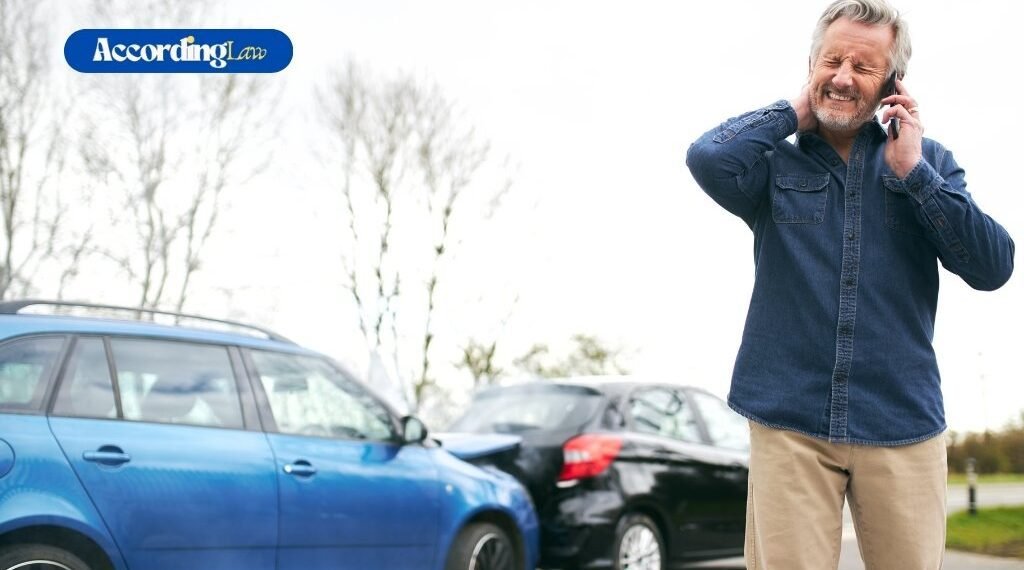Slip and fall accidents happen when you least expect them, usually leading to painful injuries and unexpected medical costs. You might be eligible for compensation if another person’s negligence caused your accident. However, proving negligence is not as simple as pointing out a wet floor or a broken step. Lawyers must build a strong case, utilizing evidence, legal knowledge, and strategic planning, to ensure that the responsible party is held accountable.
Table of Contents
Gathering Evidence from the Scene
Slip and all lawyer professionals begin by collecting evidence from the accident scene. This can include photos, videos, or surveillance footage that shows the hazardous condition. Detailed records of the time, location, and environment are also gathered to show how the property owner failed to maintain safe conditions.
Witness statements are equally important. A lawyer will speak with anyone who saw the accident to confirm what caused the fall. These pieces of evidence help create a clear picture of the events that led to the injury.
Establishing Duty of Care
To prove negligence, lawyers must first establish that the property owner had a legal duty of care to the plaintiff. This means they were responsible for keeping the property safe for visitors or customers. For example, store owners are expected to clean spills, repair damaged floors, or place warning signs when necessary.
If the owner failed to take reasonable steps to prevent danger, this breach of duty strengthens the case. Demonstrating that the property was not properly maintained is key to proving fault. This step is the foundation of any slip and fall claim.
Linking Negligence to Injury
It’s not enough to show that the property was unsafe; lawyers must also prove that this negligence caused the injury. Medical records, accident reports, and expert testimony usually play a role in this part of the case. They help show a direct connection between the hazardous condition and the harm suffered by the victim.
A skilled slip and all lawyer uses this evidence to demonstrate how the injuries affected the victim’s life. This can include lost wages, medical bills, or ongoing pain. Without this link, proving negligence becomes much harder.
Demonstrating Notice of Hazard
Lawyers also work to prove that the property owner knew or should have been aware of the dangerous condition. This is usually done by examining maintenance records, staff logs, or past complaints. If a spill or hazard was left unattended for a long time, it shows negligence in addressing the risk.
Providing notice is critical because owners cannot be held responsible for hazards they had no chance to fix. However, if they ignored an obvious problem, the negligence case becomes much stronger. This evidence can significantly impact the outcome of the claim.
Calculating Damages and Losses
Beyond proving fault, a lawyer must also calculate the damages caused by the accident. This includes medical expenses, rehabilitation costs, and any future treatment needs. Pain, suffering, and emotional stress are also considered when seeking compensation.
An attorney will usually consult experts to accurately estimate these costs aThis ensures that the settlement covers all the victim’s current and future needs. Properly calculated damages add weight to the overall case.
Proving negligence in a slip-and-fall case requires a detailed approach and strong legal expertise. From collecting evidence to linking injuries directly to unsafe conditions, every step matters. An experienced lawyer can navigate the process and fight for fair compensation. If you’ve been injured, understanding these steps can help you know what to expect and why having skilled representation makes a difference.


